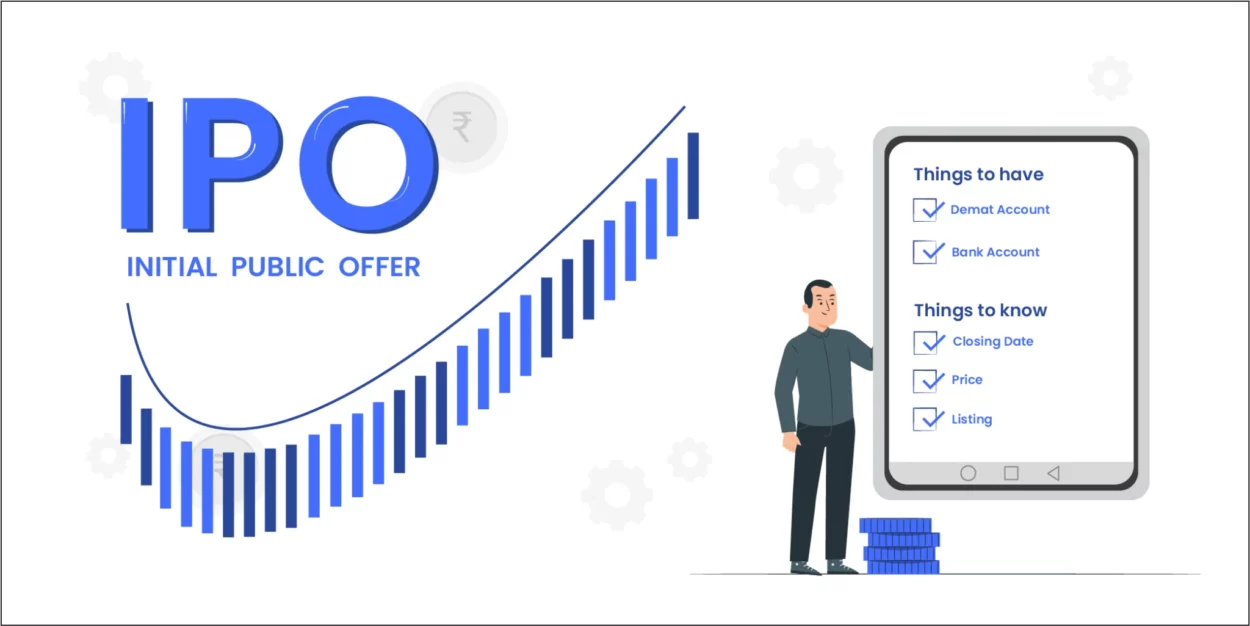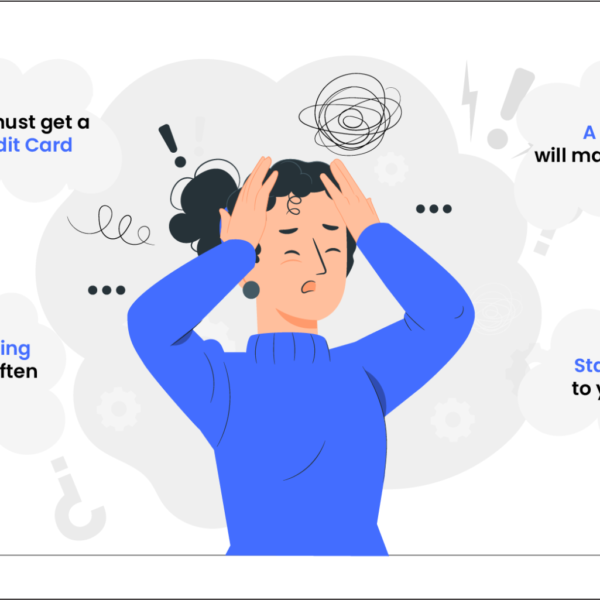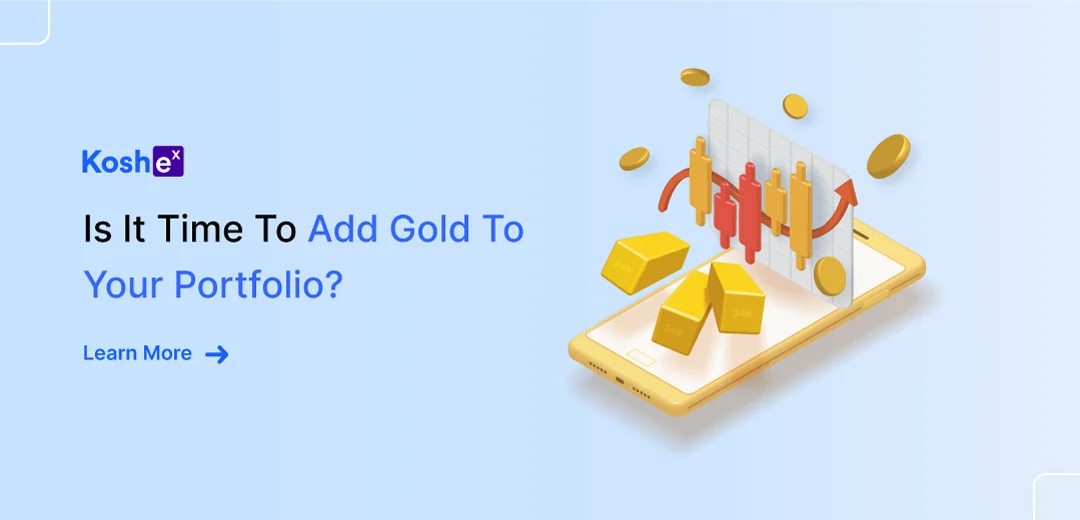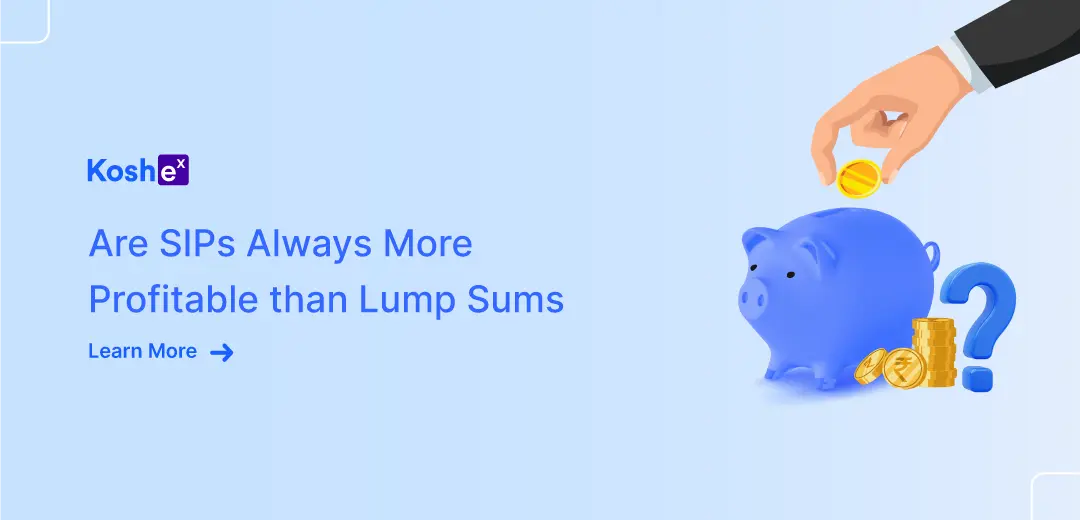Everything you need to know about IPOs, especially how you can subscribe to them?
IPO (Initial Public Offer) – This word has become extremely popular in the past couple of years. According to the 2021 Ernst and Young Global IPO Trends Report, 63 companies in India mobilized ₹1.9 trillion via IPOs, which is more than four times the amount raised in 2020 (₹26,628 crore). With new investors entering the market, and most of the IPOs being oversubscribed in recent times, we wanted to let newbies know everything about them.
What Is An IPO?
An initial public offering is the process through which an unlisted company (a company which is not listed on the stock exchange) lists its shares on a stock exchange by making them available for purchase by the general public. In other words, IPO is the selling of securities to the public in the primary market. A primary market deals with new securities being issued for the first time.
Decoding The IPO Terms
This is a list of the terminologies that are used in every news article that talks about IPOs.
Opening & Closing Date – As an investor, you can apply for shares of a company during the IPO only on certain dates as announced by the company. Usually, the subscription is open for three days. The day on which the subscription begins is known as the IPO opening date, and the day on which the subscription closes is the IPO closing date. For example, in the Adani Wilmar IPO, the opening date was January 27, 2022 while the closing date was January 31, 2022.
Price Band – The company announces a price range for the IPO, also known as price band, within which you can apply for the shares. For example, the Adani Wilmar IPO had a price band of ₹218 to ₹230 per equity share. In this case, ₹218 is the lower end of the price band while ₹230 is the upper end. If there is a heavy demand for the IPO, the company may choose to issue shares at the upper end of the price band.
Lot Size – When you apply for an IPO, you have to apply for a minimum number of shares, known as a market lot or lot size. You have to apply for a minimum of 1 market lot and in its multiples. In Adani Wilmar’s IPO, the market lot was 65 shares. An investor could apply for a maximum of 13 lots, which is 845 shares (65*13). For retail investors, in most cases a maximum of ₹15,000 is required to purchase 1 lot.
Oversubscription – When a company gets bids for more shares than on offer in the IPO, it is called oversubscription. In Adani Wilmar’s case, the IPO received bids for 212.87 crore equity shares against an offer size of 12.25 crore units.
Listing – Once the shares are allotted to investors, and refunds are issued to those who didn’t get the allotment, the company is ready to be listed on the stock exchange. Most companies are listed on the Bombay Stock Exchange (BSE) or the National Stock Exchange (NSE). Some companies are listed on both exchanges.
Types Of IPO
There are two types of IPOs in India – book-building offerings and Fixed-price offerings.
Book Building Offering
In this offering, the IPO price is not fixed. Investors can choose any price within the price band to place their bids. The price band is usually within a range of 20%. In this type of IPO, the company specifies the total number of shares it wants to sell. It also informs SEBI and the public about the shareholder(s) who are selling their stake in the firm.
The final price of the IPO depends on the number of bids the company receives. If the issue has been oversubscribed, the IPO price is fixed at the cut-off price. In this IPO, the money gets deducted from the investor’s account only after the shares get allotted.
Fixed Price Offering
This offering refers to the fixed price at which shares are sold to investors in an IPO. The price is decided by the merchant banker in consensus with the firm launching the IPO. In this type of IPO, investors do not have to wait until the allotment date to know the price of each share as the price is disclosed at the outset. Investors pay the entire amount at the time of subscribing. Also, unlike a book building offering, the subscription status in this IPO is only known after the issue closes.
How To Apply?
Now comes the most anticipated part and that is applying for an IPO. There are different ways in which you can apply for an IPO online.
Applying Via UPI
If you are going to apply for an IPO via UPI, you need to have the following:
- Demat Account
- Trading Account
- The mobile number linked to the bank account
- UPI ID
Once you keep all of this ready, you can log in the trading app or mobile application of the broker and go to the ongoing IPO section. The next step is to select the investor type and the IPO to apply for. Then, you can enter the number of shares you want to bid for and the bid price. You have to enter the UPI ID as well. Once the application is submitted, a mandate request will be sent to the UPI app for approval. You have to log into the UPI app and accept the mandate request. Once it is accepted, the amount for the IPO will be blocked.
Upon allotment, if no shares are allotted, the entire blocked amount is unblocked. If there is partial allotment, the required amount is debited from the bank account and the rest of the amount is unblocked. If all the shares that you applied for are allotted, the entire amount will be debited from your account.
2) Applying Via ASBA
You can also apply for an IPO on your bank’s website through the online ASBA (Application Supported by Blocked Amounts) facility. It will hold funds in your account without actually debiting the money. To apply for an IPO via the ASBA facility, you have to log in to your net banking account using your customer ID and password. Click on the IPO/Rights Issue option and choose the IPO you want to apply for.
You have to enter the number of shares you want to bid for, your bid price, date of birth. Details such as your name, PAN, bank account number, branch, nationality and residential status will be pre-filled. Once you proceed, you will be asked to confirm the amount that will be blocked from your account. Post that, you have to agree to the necessary terms and conditions and submit the IPO application.
In The End…
We hope you were able to learn everything about IPOs and how you can apply for one. In our next blog, we will be writing what everyone should know before applying for an IPO. If you have any comments or questions, please leave it below or write to us at kosh@koshex.com.









Leave a Comment